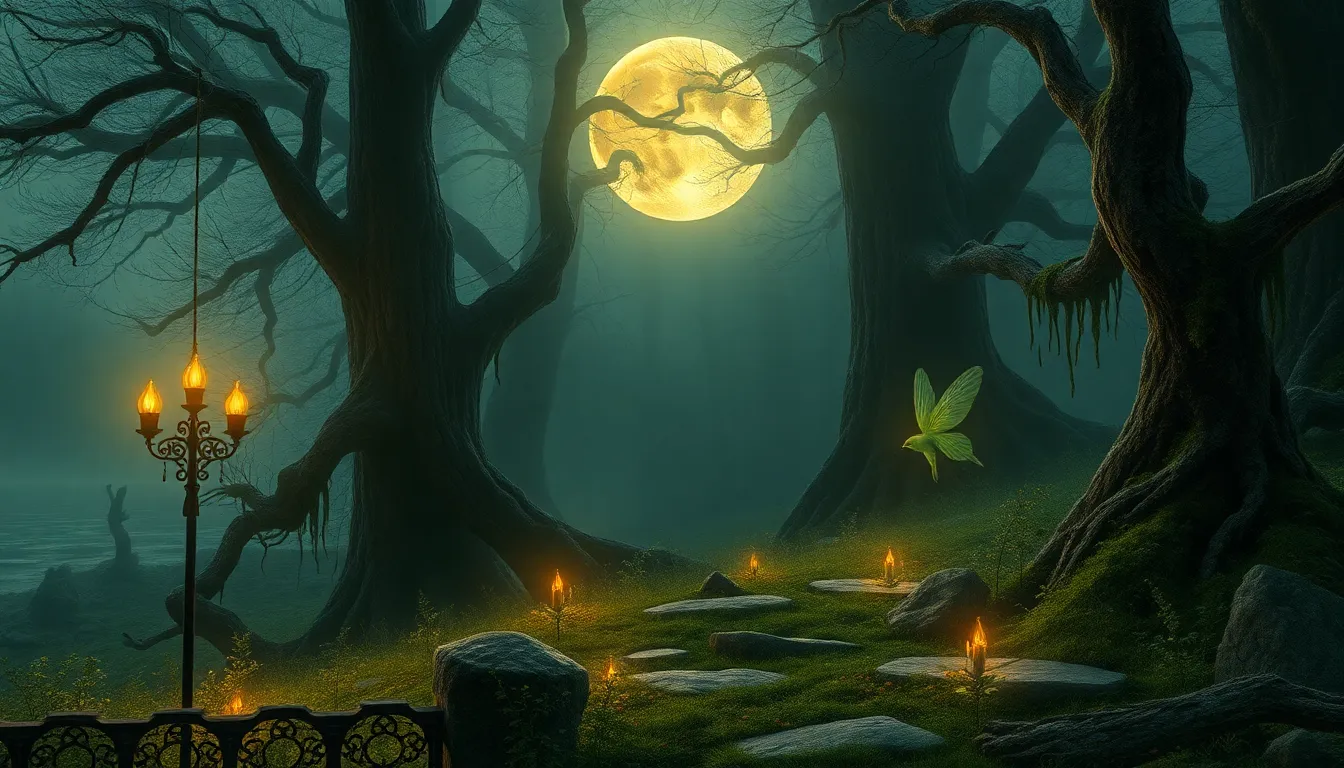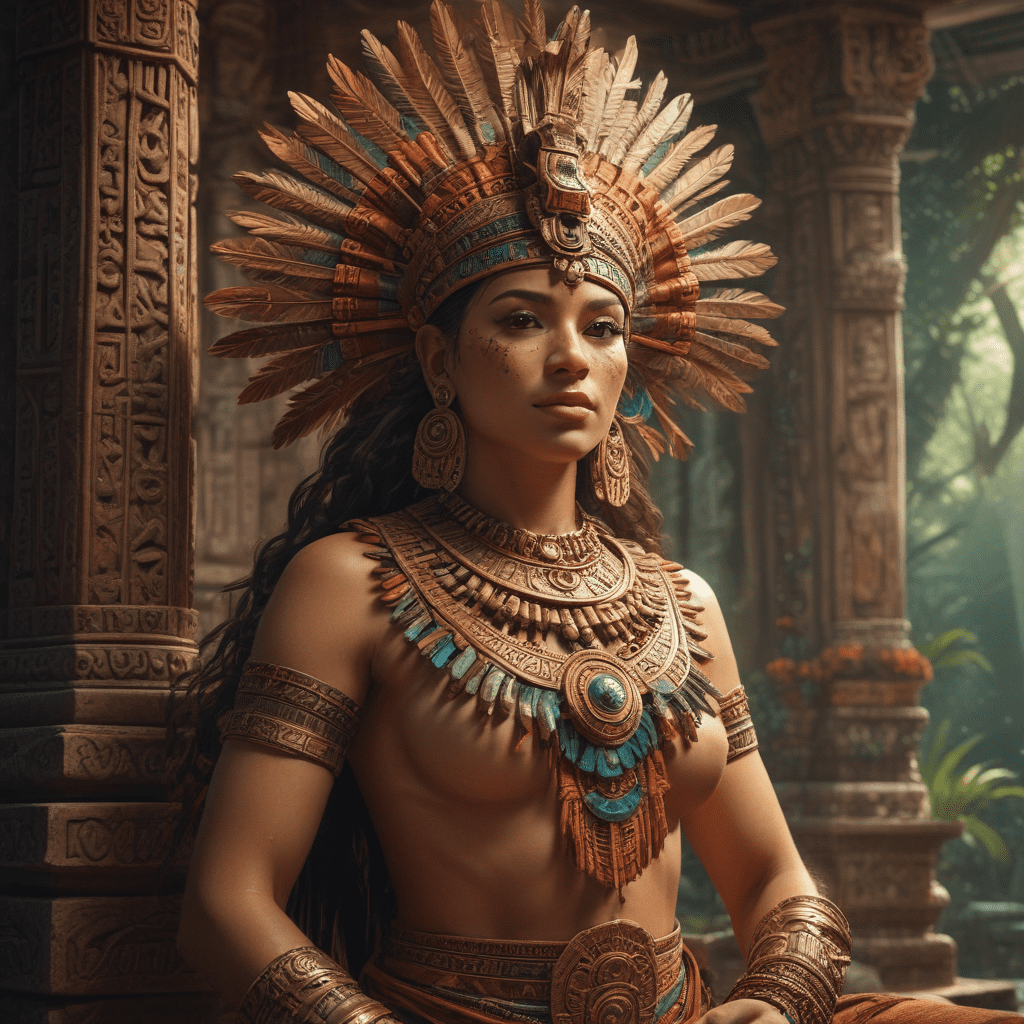Gender Roles in Australian Aboriginal Mythology: A Comprehensive Perspective
I. Introduction
Gender roles play a profound role in Australian Aboriginal mythology, shaping the beliefs, practices, and social structures of various communities. The Dreamtime, the Aboriginal concept of creation and spirituality, provides the foundation for understanding gender origins and the significance of gender roles in daily life, rituals, and art.
II. Creation Myths and Gender
A. The Dreamtime and Gender Origins
The Dreamtime is believed to be the era when the world was formed and ancestral beings emerged. According to many Aboriginal creation myths, the Rainbow Serpent, a powerful creator deity, played a crucial role in defining gender roles and characteristics.
B. The Rainbow Serpent and Gender Roles
The Rainbow Serpent is often depicted as androgynous, embodying both male and female attributes. This duality reflects the belief that gender identities in Aboriginal society are not strictly binary, but rather fluid and complementary. The Rainbow Serpent's presence in creation myths highlights the interconnectedness and balance of gender roles.
VI. Art and Gender
A. Rock Art and Gender Roles
Rock art, an ancient form of Aboriginal expression, often depicts gender roles and relationships. Paintings and engravings reveal scenes of hunting, gathering, ceremonies, and interactions between men and women. These images provide valuable insights into the division of labor and the significance of gender in Aboriginal society.
B. Bark Paintings and Gender Identity
Bark paintings, a more recent art form, also reflect gender roles and identities. Men and women often paint different subjects and use distinct styles, highlighting the cultural expectations and artistic expressions associated with each gender.
VII. Gender Diversity in Aboriginal Mythology
A. Two-Spirit Individuals
Australian Aboriginal mythology recognizes the existence of two-spirit individuals, known as "binari" or "kalath," who possess both masculine and feminine qualities. These individuals are revered as having special spiritual abilities and play important roles in ceremonies and rituals.
B. Non-Binary Gender Expressions
Aboriginal mythology also acknowledges non-binary gender expressions beyond the traditional male and female categories. Certain cultures recognize individuals who do not fit into strict gender roles and may adopt fluid or flexible identities.
VIII. Changes in Gender Roles
A. Colonization and Its Impact on Gender Roles
Colonization and the introduction of Western culture had a significant impact on gender roles in Aboriginal society. Traditional gender roles were disrupted as Aboriginal people were forced to adapt to new social and economic structures.
B. Modern Aboriginal Society and Changing Gender Dynamics
In modern Aboriginal society, gender roles are evolving and adapting to changing societal norms and values. While traditional roles and responsibilities continue to be respected, there is increasing flexibility and blurring of gender boundaries, especially among younger generations.
IX. Conclusion
Gender roles in Australian Aboriginal mythology are complex and multifaceted, reflecting the rich spiritual, social, and artistic traditions of Aboriginal cultures. From the foundational myths of the Dreamtime to the expressions of gender in art and rituals, gender plays a vital role in shaping Aboriginal beliefs, practices, and identity.



